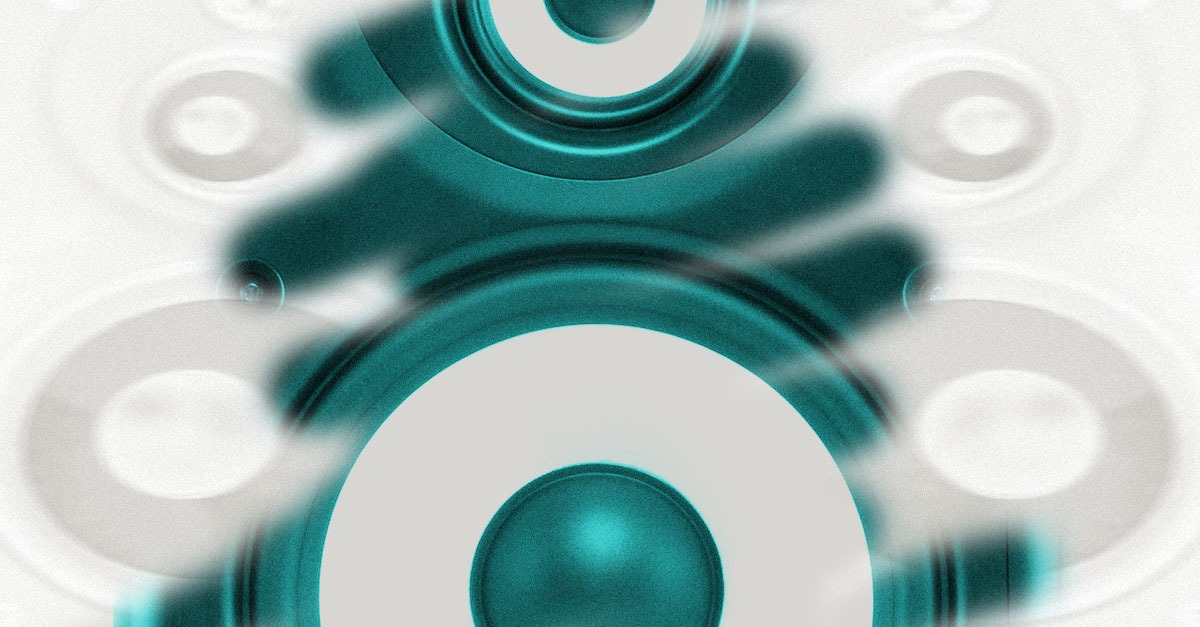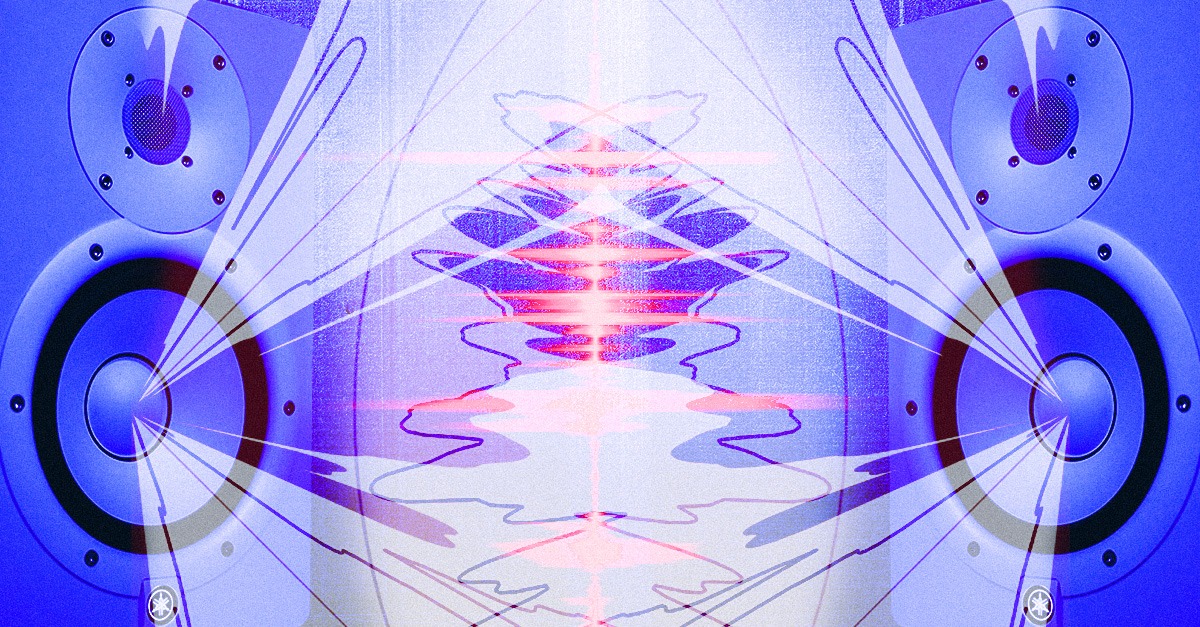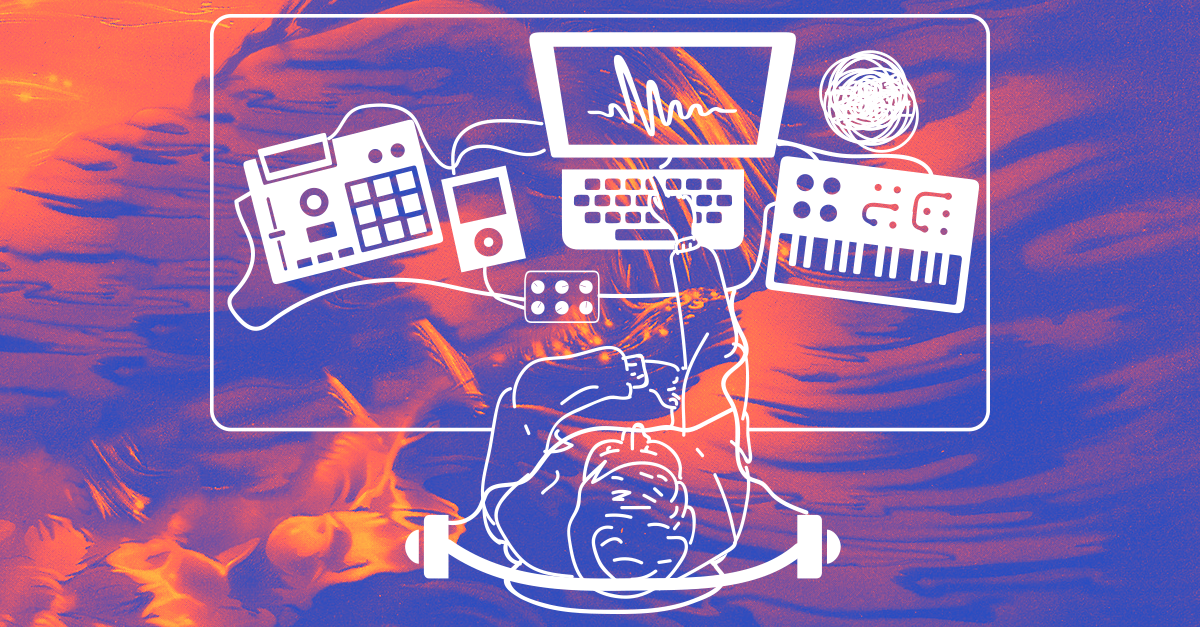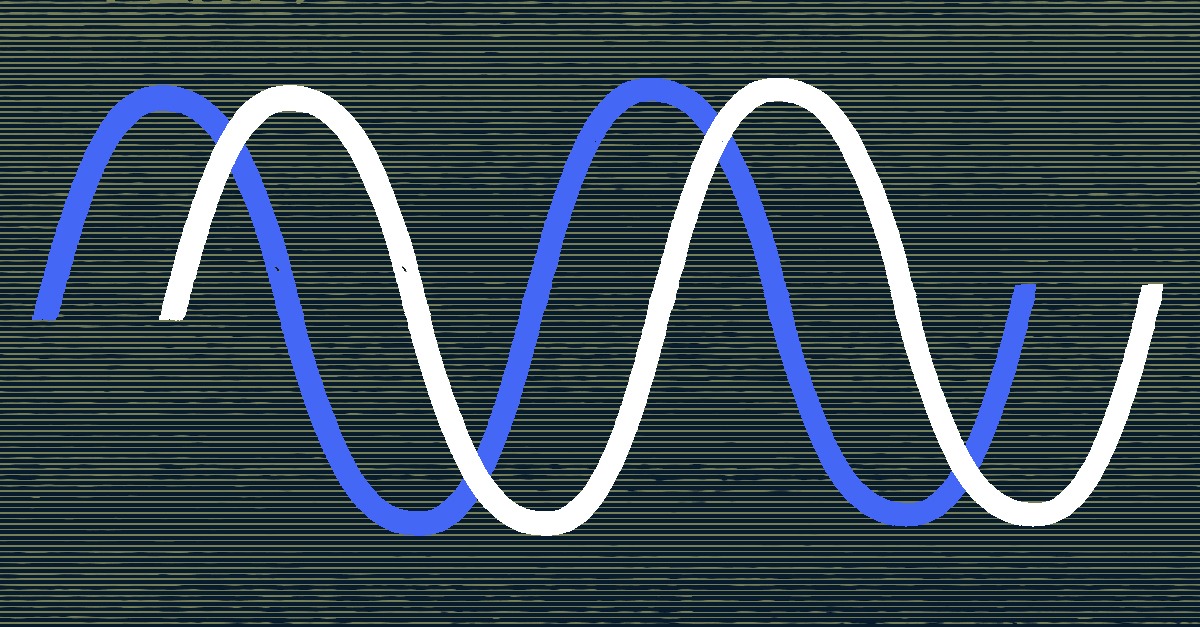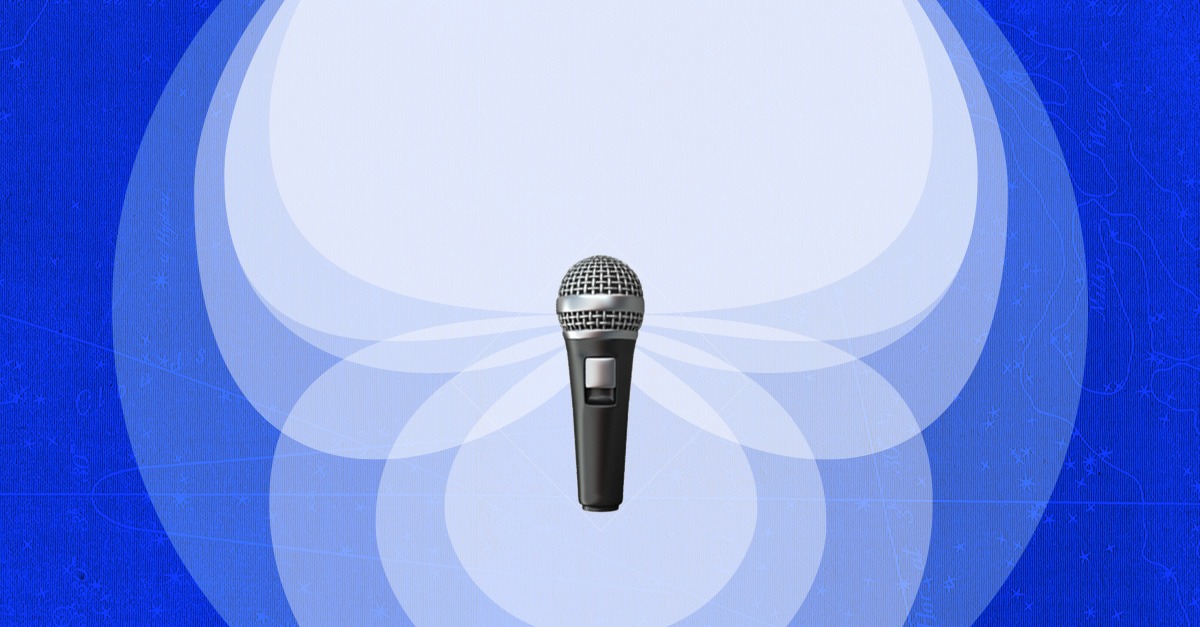
What is Mid/Side? How to Use MS Stereo in Your Mix

Mid side processing is a unique way of treating the stereo information in your mix.
It allows you to work with your tracks in a way you may not have tried before.
But what really is mid/side processing and how does it work? Where is it worth using and when should you avoid it?
In this article I’ll break down everything you need to know about mid/side processing in music production.
Let’s get started.
What is mid/side?
Mid/side is a method of separating the information in two channels of a stereo audio stream.
Instead of traditional left and right stereo, mid/side represents the sum and difference of the two channels of audio.
When added together, the material in left and right channels represents everything that can be found in the center of the mixed signal. This is the “mid” channel.
When subtracted from each other, the resulting signal is the difference between left and right which represents all the material at the left and right extremes of the stereo field.
This is the “side” signal. To subtract the two channels you simply invert the polarity of one channel and sum to mono.
By processing the mid signal differently from the side signal, you can affect these distinct areas of the mix to solve problems and create unique effects.
Stereo mix techniques
Your guide to everything stereo.

How does mid/side work?
The left and right channels of a stereo audio file contain different information.
For example, panning a sound left in your DAW decreases its strength in the right channel, while increasing its intensity in the left.
The difference in level is why you perceive the panned sound as originating from the left of the stereo field created by the two speakers.
But volume isn’t the only way that left and right information can differ.
When you record a stereo signal or capture sound with stereo microphones, the contrasting information between left and right make up the stereo image.
That contrast could be some sonic detail that doesn’t occur in both channels or even a difference in the timing with which a sound reaches left or right.
Mid/side processing works by using a unique property of signals to separate common and contrasting information.
When you sum two identical signals you’ll get a doubling of intensity as each frequency is reinforced by the identical energy in the doubled signal.
But invert the polarity of one of these copies and the sound will disappear altogether. This is known as destructive interference or phase cancellation.
When the left and right channels are combined, any content that’s shared between the two increases in intensity.
But when one signal is inverted, everything that’s common to both will be canceled out.
Mid/side decoders
You can turn a L/R stereo signal into an M/S one using a simple process in your DAW’s mixer.
Take a track that contains a stereo audio file and duplicate it twice.
Make the first track mono by centering its left and right pan controls or using a plugin like Utility in Ableton Live.
Do the same to the duplicate track, except invert the phase of one of the left or right sides.
Pan that track hard left and repeat the process on the third track, this time inverting the opposite channel.
Now group the two panned copies and try adjusting their volume relative to the first to get a feel for M/S stereo!
While this method doesn’t require any additional software, it can be a bit inconvenient.
The even simpler way to use M/S is with a dedicated mid/side decoder plugin. These take care of these routing steps under the hood so you can focus on applying processing.
Here are a few handy M/S decoders to try:
Mid/side mic technique
Recording mid/side stereo is a popular microphone technique with some interesting benefits.
To try it you’ll need one microphone with a cardioid polar pattern and another with figure-eight.
By positioning them so that the cardioid mic is pointing towards the source and the lobes of the figure eight mic are perpendicular to it, you can create a unique, variable stereo image.
By changing the level of the side signal in your mid/side decoder you can adjust the amount of indirect sound in the stereo blend.
Mid/side mic techniques are effective for any situation where you need to preserve the center information in a stereo signal.
When to use mid/side
With the basics out of the way, you may be wondering when using mid/side is most effective.
There are no right and wrong answers when it comes to mixing, but there are a few common applications when it comes to mixing with mid/side.
Here are a few ideas to get you started using these techniques
Mid/side EQ
EQ is one of the main applications of mid/side processing techniques.
Once you get a feel for the possibilities, you’ll start to understand the potential benefits using it.
Here are a few mix tips for working with mid/side EQ:
Reduce clutter in the sides
If you’re mixing music with lots of low end power, it’s common for most of it to be concentrated in the center of the mix.
Booming kicks, big basses and even heavy snares can add lots of lows and low midrange to the mid channel.
If the stereo field contains extra energy here, it can reduce the feeling of weight from these sources.
Try scooping out low mids or lightly high-pass filtering the side channel to leave more room in this area.
Add air to stereo pads
Airy synth pads can sometimes benefit from extra shimmer and shine in the top end.
But if you have other important elements with lots of highs in the center, you may create conflict with a simple stereo EQ band.
If you have a synth or sample with lots of stereo information in the top end, try an EQ boost on the side channel to extend it.
This has the additional effect of emphasizing the stereo width of the highs which can create an enveloping stereo sound.
Mid/side dynamics
In addition to EQ, mid/side techniques can be used for unique dynamics control.
With compression acting only on the mid channel, you can create a sense of focus by evening out dynamic variation in the middle of the mix.
Conversely, you can try expansion in the side channel to increase the feeling of activity in the stereo field.
Should you use mid/side?
Mid/side is an advanced tool that even pro engineers use sparingly.
After all, plenty of great-sounding releases were mixed well before mid/side processing was commonly available.
Mid/side EQ or compression can yield interesting results, but they’re not strictly necessary for a polished mix.
If you’re not feeling confident that the technique is right for your application, consider sticking with traditional EQ or compression.
Sum and difference
Mid/side is a fascinating technique that’s worth learning if you mix music.
You may not reach for it on every mix, but understanding how it works will deepen your grasp of music production.
If you’ve made it through this article you’ll have a great start when it comes to mid/side.
Gear guides, tips, tutorials, inspiration and more—delivered weekly.
Keep up with the LANDR Blog.


